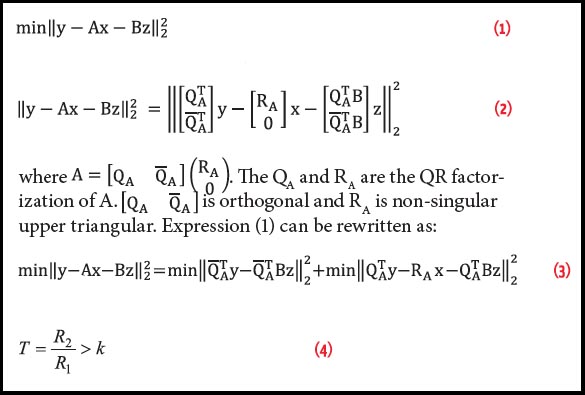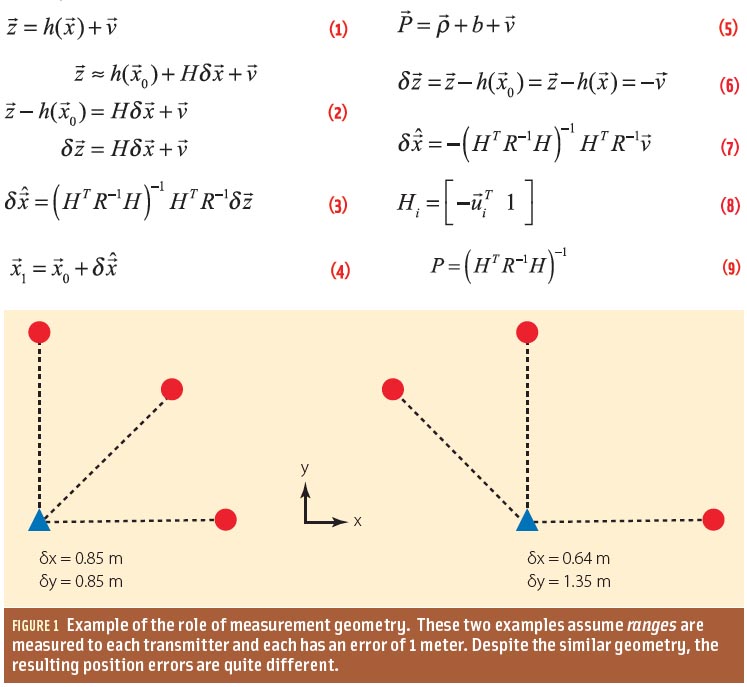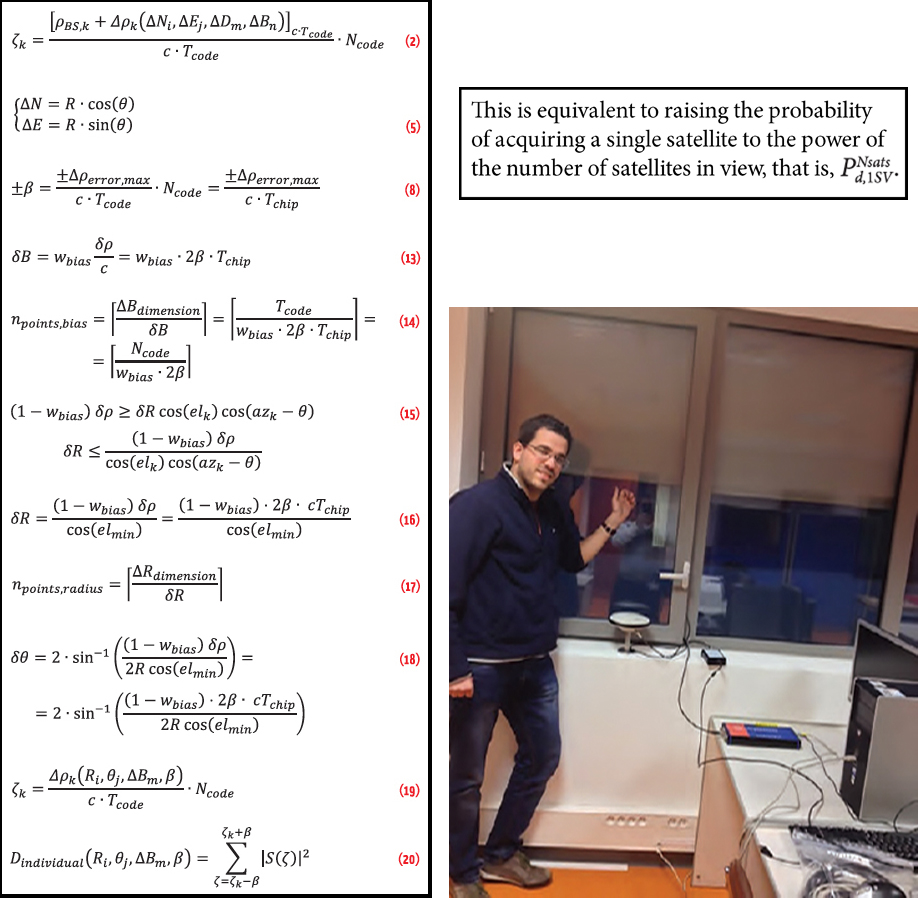A Learning Experience
My favorite bumper sticker this month: “Oh, no! Not another learning experience!”
After 20 years of putting together a European GNSS program, disappointment over the skewed launch of the first fully operational Galileo satellites is palpable and widely felt. For end users, it is uniformly bad news, and no system provider that sincerely wants to achieve interoperability and robustness in a system of GNSS systems can relish the European program’s current difficulties.
By Inside GNSS












